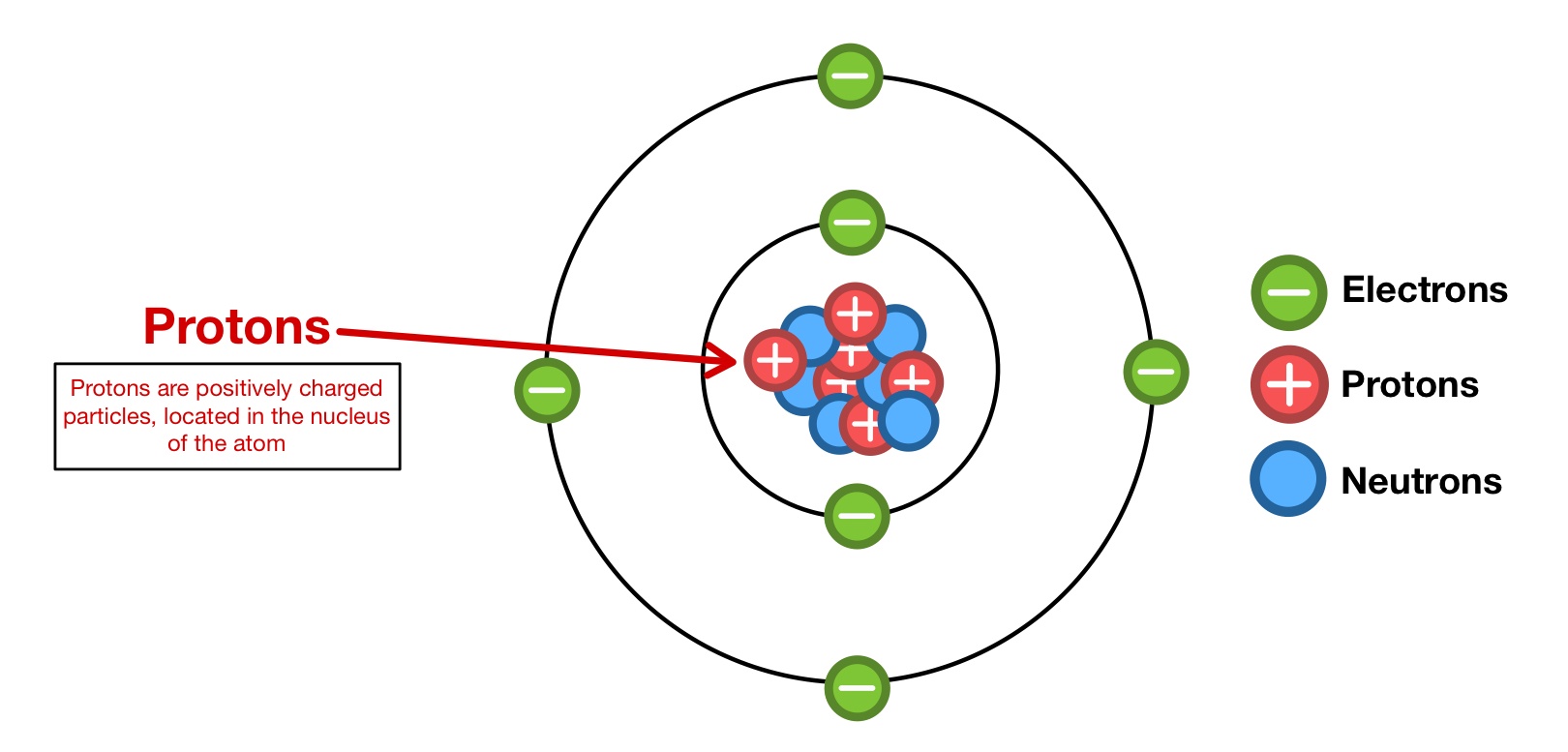Unleash Your Wild Side: The Shocking Scientific Name of Man's Best Friend That Will Make You Howl!
Did you know that man’s best friend, the loyal and loving dog, has a scientific name that might just make you howl with surprise? Prepare to unleash your wild side as we dive into the fascinating world of canine taxonomy. From the cuddly Chihuahua to the majestic Great Dane, all dogs share a common scientific classification that connects them to their ancient wolf ancestors. Get ready to discover the shocking truth behind the name that ties every furry friend to their wild roots!
The Surprising Scientific Name of Dogs
Dogs, scientifically known as Canis lupus familiaris, are not just a distinct species but a subspecies of the gray wolf (Canis lupus). This classification reveals their close evolutionary relationship with wolves, highlighting their domestication journey over thousands of years. The term familiaris translates to “of the household,” reflecting their role as beloved companions.
🐾 Note: The scientific name *Canis lupus familiaris* emphasizes dogs' connection to wolves, showcasing their shared genetic heritage.
Why Dogs Are Classified as *Canis Lupus Familiaris*
The classification of dogs as Canis lupus familiaris is rooted in genetic and behavioral similarities to wolves. Dogs share over 98% of their DNA with gray wolves, making them more closely related to wolves than to other canids like coyotes or foxes. This classification also underscores the domestication process, where humans selectively bred wolves for desired traits, eventually leading to the diverse breeds we know today.
Key Factors in Dog Classification
- Genetic Similarity: Dogs and wolves share nearly identical DNA.
- Domestication: Humans bred wolves for specific traits, leading to modern dogs.
- Behavioral Links: Dogs retain many wolf-like behaviors, such as pack mentality and communication.
How This Scientific Name Impacts Dog Breeds
Understanding the scientific name Canis lupus familiaris helps explain the diversity among dog breeds. Despite their varied sizes, shapes, and temperaments, all dogs belong to the same subspecies. This unity highlights the remarkable adaptability of dogs, shaped by centuries of selective breeding for roles like hunting, herding, and companionship.
Popular Dog Breeds and Their Origins
| Breed | Origin | Original Purpose |
|---|---|---|
| German Shepherd | Germany | Herding and Guarding |
| Poodle | Germany (Standard), France (Miniature) | Water Retrieving |
| Siberian Husky | Siberia | Sled Pulling |
🐾 Note: While breeds vary widely, their shared scientific name underscores their common ancestry and domestication history.
Checklist: Understanding Your Dog’s Scientific Roots
- Learn the Name: Memorize Canis lupus familiaris to impress fellow dog lovers.
- Explore Ancestry: Research how your dog’s breed evolved from wolves.
- Observe Behaviors: Identify wolf-like traits in your pet, such as howling or pack behavior.
- Celebrate Diversity: Appreciate how domestication created the unique breeds we adore today.
By understanding the scientific name Canis lupus familiaris, you gain a deeper appreciation for the bond between dogs and their wild ancestors. Whether you’re a dog owner or simply a canine enthusiast, this knowledge adds a fascinating layer to your understanding of man’s best friend.
What does the scientific name *Canis lupus familiaris* mean?
+The name *Canis lupus familiaris* translates to "domestic dog" and classifies dogs as a subspecies of the gray wolf (*Canis lupus*).
Are dogs and wolves the same species?
+Dogs are a subspecies of wolves, sharing over 98% of their DNA but differing in behavior and physical traits due to domestication.
Why are dogs called *familiaris*?
+The term *familiaris* means "of the household," reflecting dogs' role as domesticated companions.
dog breeds, dog ancestry, wolf connection, canine taxonomy, domestication history, pet science, animal classification, genetic heritage, dog evolution, pet origins.
